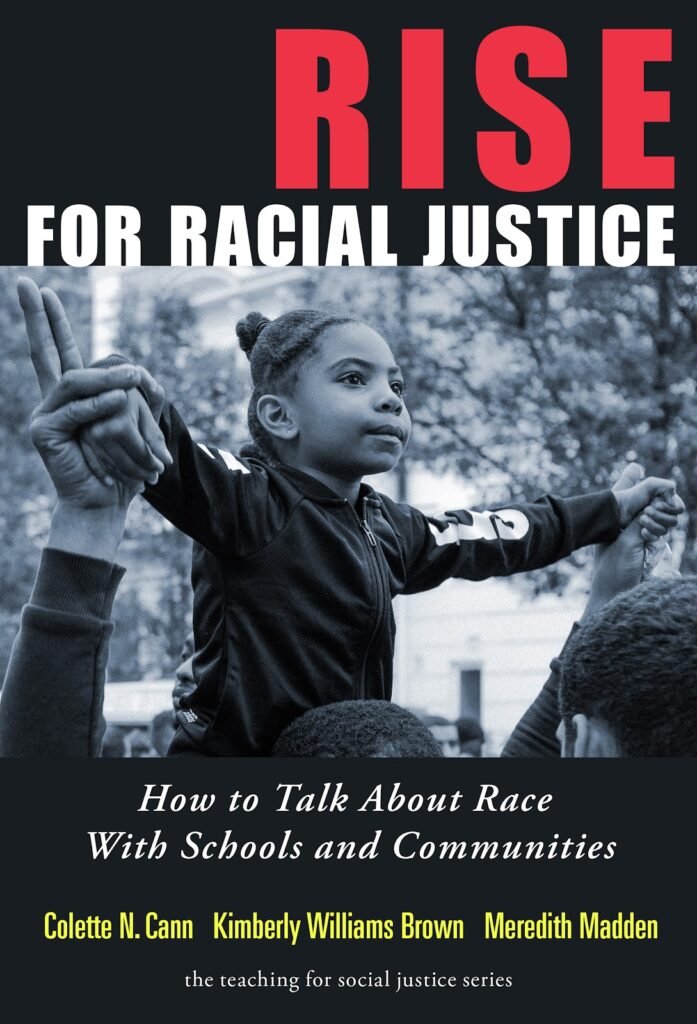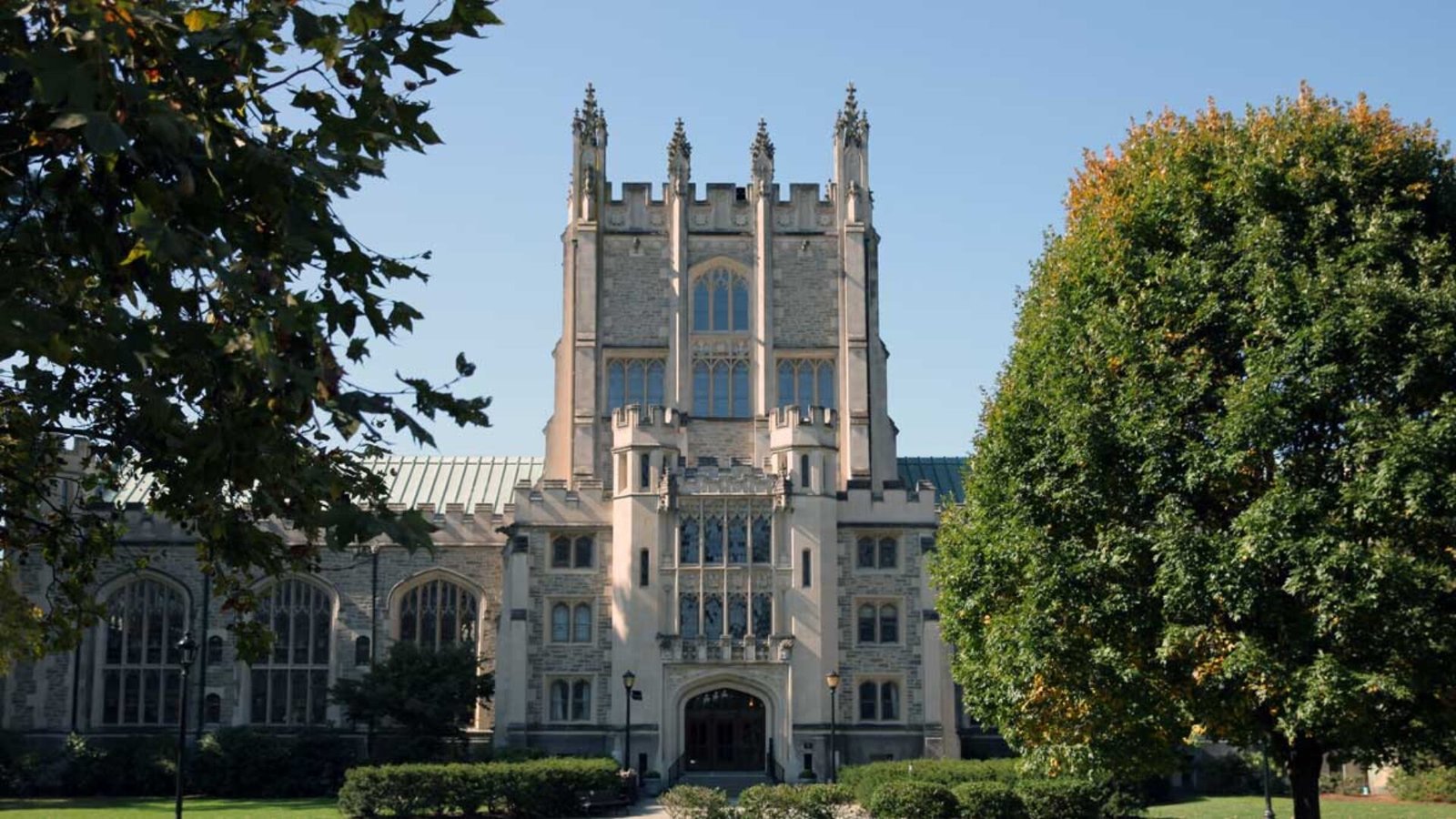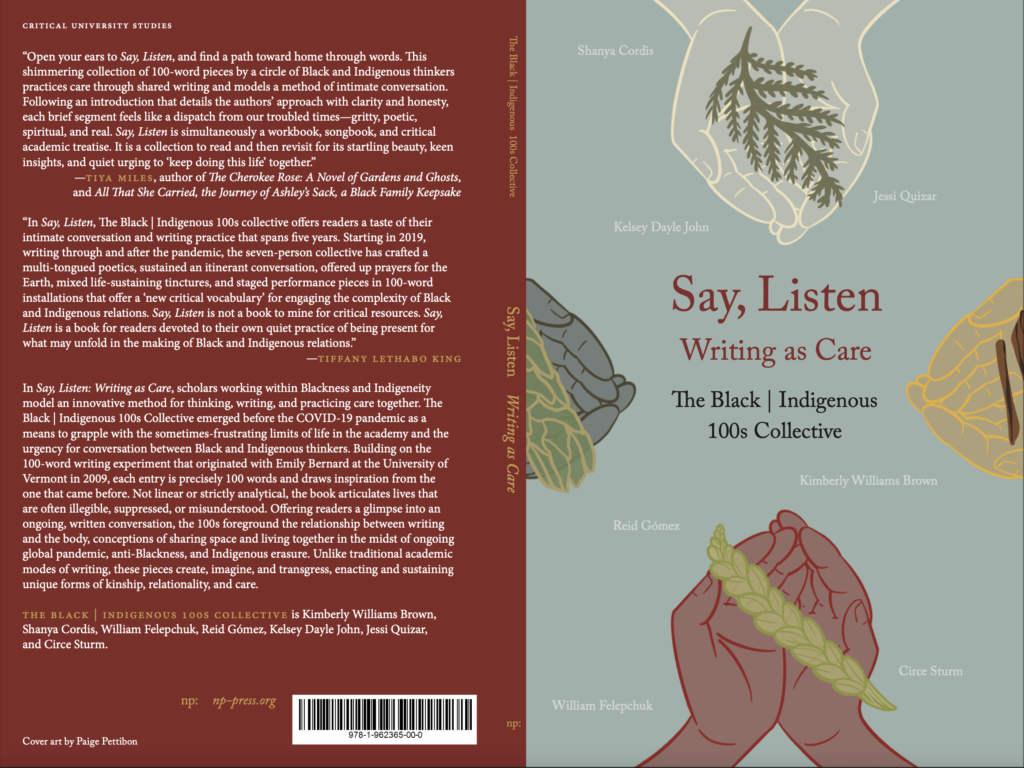RISE for Racial Justice: How to Talk about Race With Schools and Communities

“As an Afro-Jamaican living in the United States for 22 years, I recognized in Sonia some of the dynamics I had experienced or seen over time. Race and racism were not always as obvious to me as they are now. Some of the subtleties of white supremacy evaded me until I learned of the histories of settler colonialism (see Wolfe, 1999); racial hierarchies; institutional racism through red lining (Krieger et al., 2020), policing, and police structures; the aftermath of Brown vs. Board of Education; and the emergence of critical race theory (CRT) from legal scholars responding to racism in the legal system. I have also been deeply influenced by feminist thinking and in particular, decolonial, transnational, and Black and Caribbean feminisms that speak deeply to both my intellectual projects and how I show up in the world.”
(Cann, Williams Brown, Madden, 2022, p. 136)


